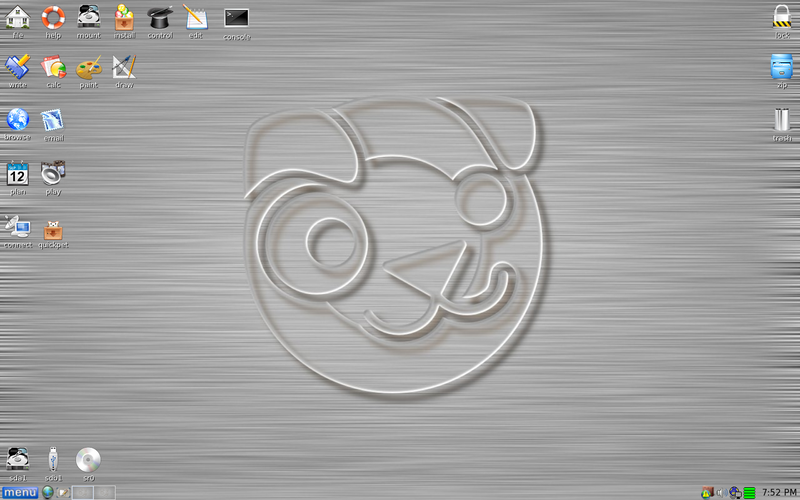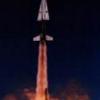I've been given a Dell Latitude E6510 to repair. The issue being that no matter what, it will boot to the startup repair. I'm given the options of Launch Startup Repair and Start Windows Normally. Both options yield the same results.
The first thing I tried was to boot to safe mode. It shows some drivers loading, then proceed to still go to startup repair.
I then followed the instructions here:
http://www.sevenforu...p-recovery.html
That didn't work, so I found some instructions to copy the RegBack contents to System32/Config after backing up that folder. This still did not work.
I've also used a Windows 7 Dell recovery disk to perform bootrec /FixMBR and bootrec /Fixboot
I'm stumped at this point. This is for the owner of the company that I work for, so restoring to factory is an absolute last resort. Below are the results of FRST64.exe if it helps. I would highly appreciate any more suggestions! Thanks!
==================== Memory info =========================== Percentage of memory in use: 20% Total physical RAM: 4085.84 MB Available physical RAM: 3259.38 MB Total Virtual: 4084.04 MB Available Virtual: 3250.69 MB ==================== Drives ================================ Drive c: () (Fixed) (Total:148.95 GB) (Free:68.2 GB) NTFS Drive e: (W7SP1_PROFESSIONAL) (CDROM) (Total:5.23 GB) (Free:0 GB) UDF Drive f: (MULTIBOOT) (Removable) (Total:14.88 GB) (Free:7.68 GB) FAT32 Drive x: (Boot) (Fixed) (Total:0.03 GB) (Free:0.03 GB) NTFS Drive y: (System Reserved) (Fixed) (Total:0.1 GB) (Free:0.07 GB) NTFS ==>[system with boot components (obtained from drive)] ==================== MBR & Partition Table ================== ======================================================== Disk: 0 (MBR Code: Windows 7 or 8) (Size: 149.1 GB) (Disk ID: AFCAAFCA) Partition 1: (Active) - (Size=100 MB) - (Type=07 NTFS) Partition 2: (Not Active) - (Size=149 GB) - (Type=07 NTFS) ======================================================== Disk: 1 (Size: 14.9 GB) (Disk ID: 0008CD21) Partition 1: (Active) - (Size=14.9 GB) - (Type=0C) LastRegBack: 2016-05-07 20:29 ==================== End of FRST.txt ============================
Edit: FRST64 log removed as not used outside of the malware removal forums.
Edited by phillpower2, 18 May 2016 - 08:06 AM.
As per the above.












![Hijacked Windows defender [Closed] - last post by DR M](https://www.geekstogo.com/forum/uploads/profile/photo-418842.gif?_r=1578338641)









 Sign In
Sign In Create Account
Create Account

